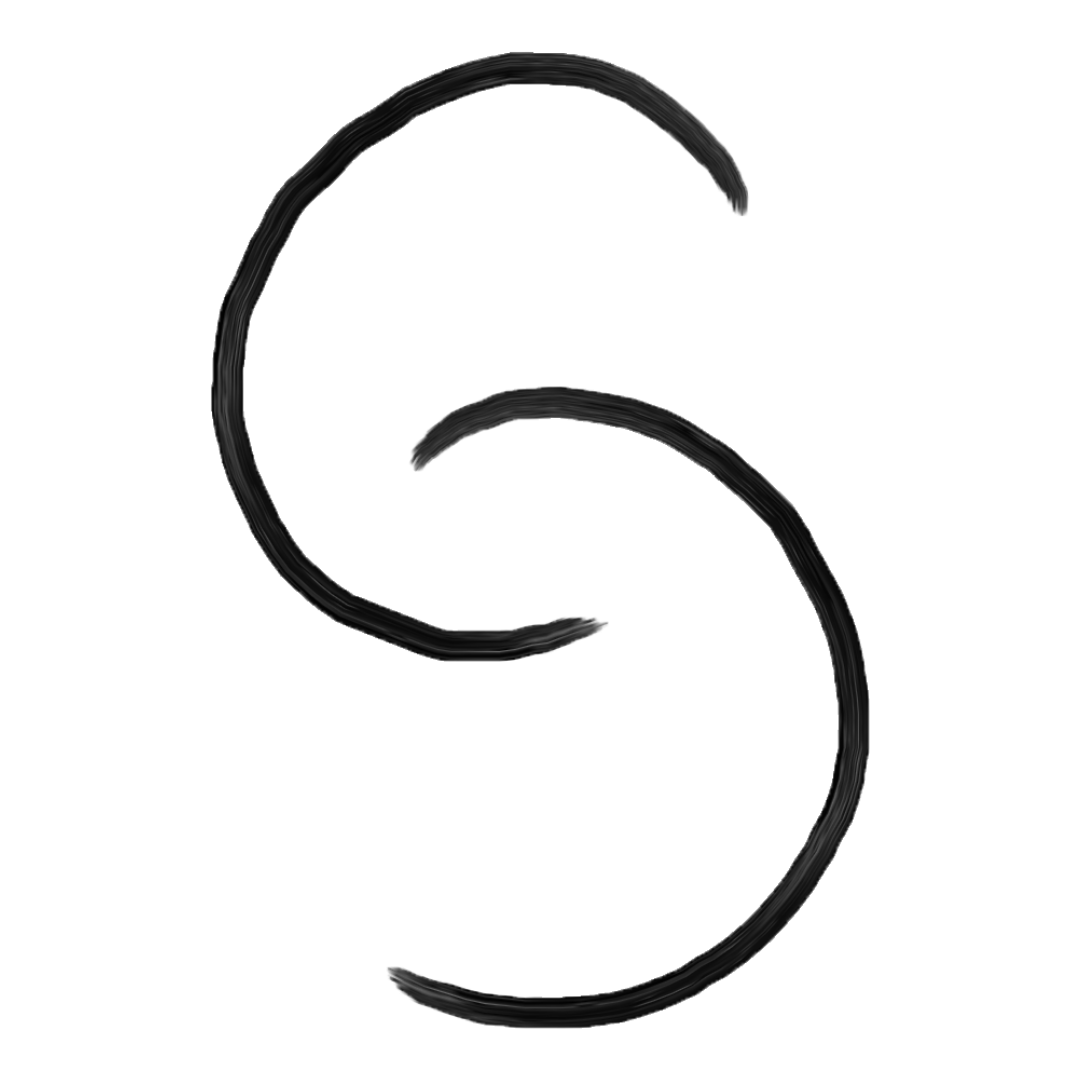The G-Spot: Myth or Reality?
According to V Puppo, “The term G-spot (i.e. Gräfenberg spot) was coined in 1981 and refers to an erotically sensitive spot (i.e. female prostate) located in the pelvic urethra and palpable through the anterior vaginal wall.” However, most of the literature suggests there’s no such thing.
The National Women’s Health Network points out how “Researchers from the Journal of Sexual Medicine conducted the largest post-mortem study ever on the G-spot, which involved dissecting 13 female cadavers. The researchers could find no physical evidence of a G-spot.”
Jannini, E. et al. conclude in their article titled Beyond the G-spot: clitourethrovaginal complex anatomy in female orgasm that “Although no single structure consistent with a distinct G-spot has been identified, the vagina is not a passive organ but a highly dynamic structure with an active role in sexual arousal and intercourse.”
The primary source that backs up the existence of the G-spot in vulva owners is a study of an 83-year-old woman’s cadaver made by gynecologic surgeon Adam Ostrzenski, MD, Ph.D. He concludes that “The anatomic existence of the G-spot was documented with potential impact on the practice and clinical research in the field of female sexual function.”
He describes the G-spot as having a “distinguishable anatomic structure that is located on the dorsal perineal membrane, 16.5mm from the upper part of the urethral meatus, and [that] creates a 35° angle with the lateral border of the urethra.”
Some argue that confirming the existence of the G-spot by looking at one individual’s body in a state—death—where there was no possibility of communication between the researcher and the woman, might not be accurate, since asking the person if she experienced sexual pleasure by stimulation of this area was also impossible.
Another pitfall with the name itself is that “The use of...non-scientifically based terms by researchers and scientists serves as the fuel for the evolution of myths, which are then amplified by mass media and become popular and well accepted. Some medical professionals may take advantage of these myths and of the expectations of women influenced by the myth for their own personal benefit,” argues V Puppo.
“I’ve never understood why [the female G-spot] was interpreted as some new sexual organ. You can’t standardize a
vagina—there is no consistency across women as to where exactly we experience pleasure.”
— Nicole Prause, PhD., as quoted in Debunking the Existence of the G-spot, Cosmopolitan
What About Penis Owners?
The G-spot (or P-spot) on males, on the other hand, exists without controversy. “The prostate is a small muscular gland that produces the seminal fluid found in ejaculate. It is located in the rectum and is surrounded by nerve endings,” explains Planned Parenthood.
“A prostate orgasm, also known as a ‘P’ spot orgasm is a type of sexual climax possible in cis-gendered men and MTF transgendered individuals.”
— Planned Parenthood, The Prostate Orgasm
Males can orgasm as a result of stimulation to their prostate gland, and these orgasms are often described as being as pleasurable as (and sometimes more pleasurable than) penile orgasms. In the words of R. J. Levin, “there can be little doubt that stimulating the prostate via the rectal wall can create ecstatic feelings that are exceptionally pleasurable, often surpassing those obtained from penile stimulation.”
How much of this quest for a ‘magical’ spot to ‘get there’ can be independent of thinking about sexuality as a reality that’s deeply intertwined with all aspects of the self? It might be worth asking if we should really place so much emphasis on orgasms and the chase of a button that can help us provoke them easily when we could be exploring the deeply layered experiences and definitions of sexual pleasure that exist among individuals.

